The u-v curve in a concave mirror as shown in figure.
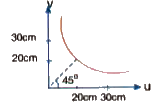
Find the focal length and power of the mirror.
10 cm, 10D
Topper's Solved these Questions
- BOOK - AAKASH SERIESCHAPTER - RAY OPTICSEXERCISE - PROBLEMS ( LEVEL-I)57videos
RAY OPTICS
- BOOK - AAKASH SERIESCHAPTER - PRACTICAL PHYSICSEXERCISE - LECTURE SHEET LEVEL-II (ADVANCED) Linked Comprehension Type Questions4videos
PRACTICAL PHYSICS
- BOOK - AAKASH SERIESCHAPTER - SEMICONDUCTOR DEVICESEXERCISE - EXERCISE - III3videos
SEMICONDUCTOR DEVICES
Similar Questions
A linear object is placed along the axis of a mirror as shown in figure. If 'f' is the focal length of the mirror then the length of image is-
 View Solution
View SolutionA square ABCD of side 1mm is kept at distance 15cm in front of the concave mirror as shown in Figure. The focal length of the mirror is 10cm. The length of the perimeter of its image will be
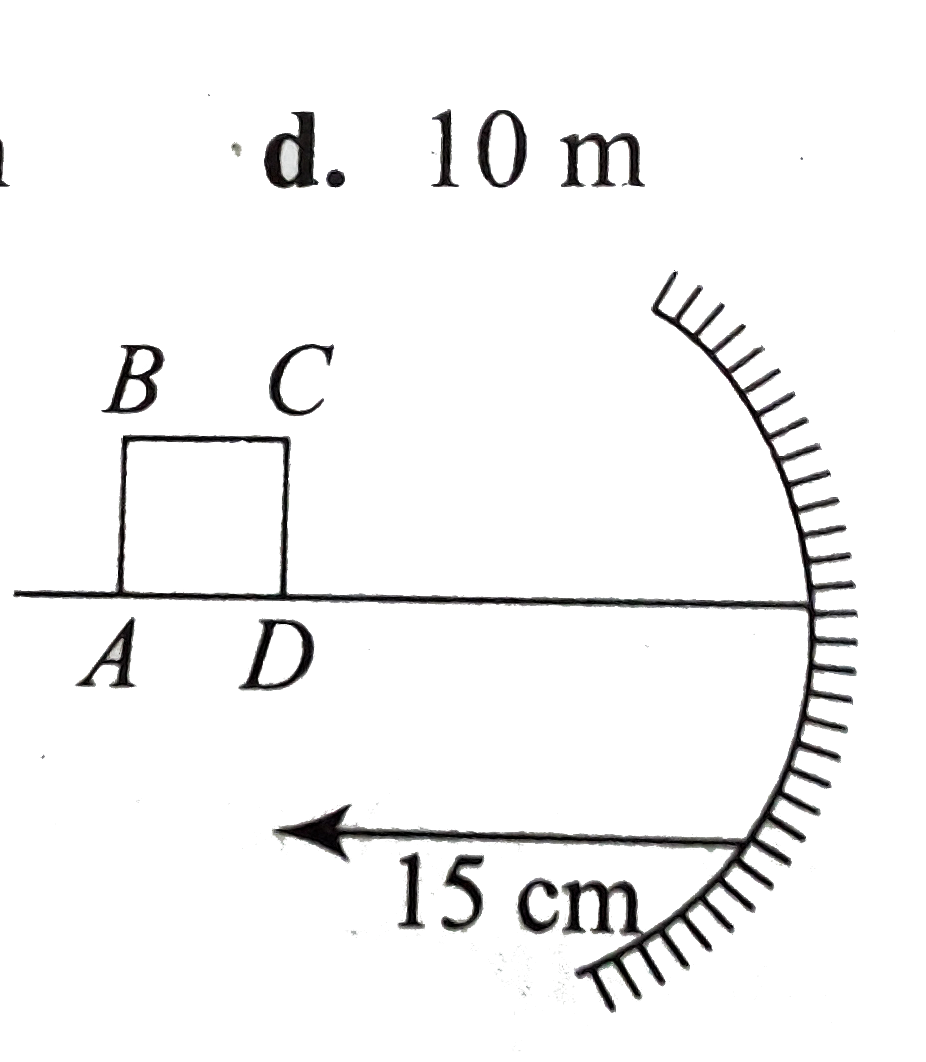 View Solution
View SolutionA square mnqp is kept between F and C on the principal axis of a concave mirror as shown in figure . Find a rough image of this object.The focal length of mirror is 30cm & distance of object is 40cm.
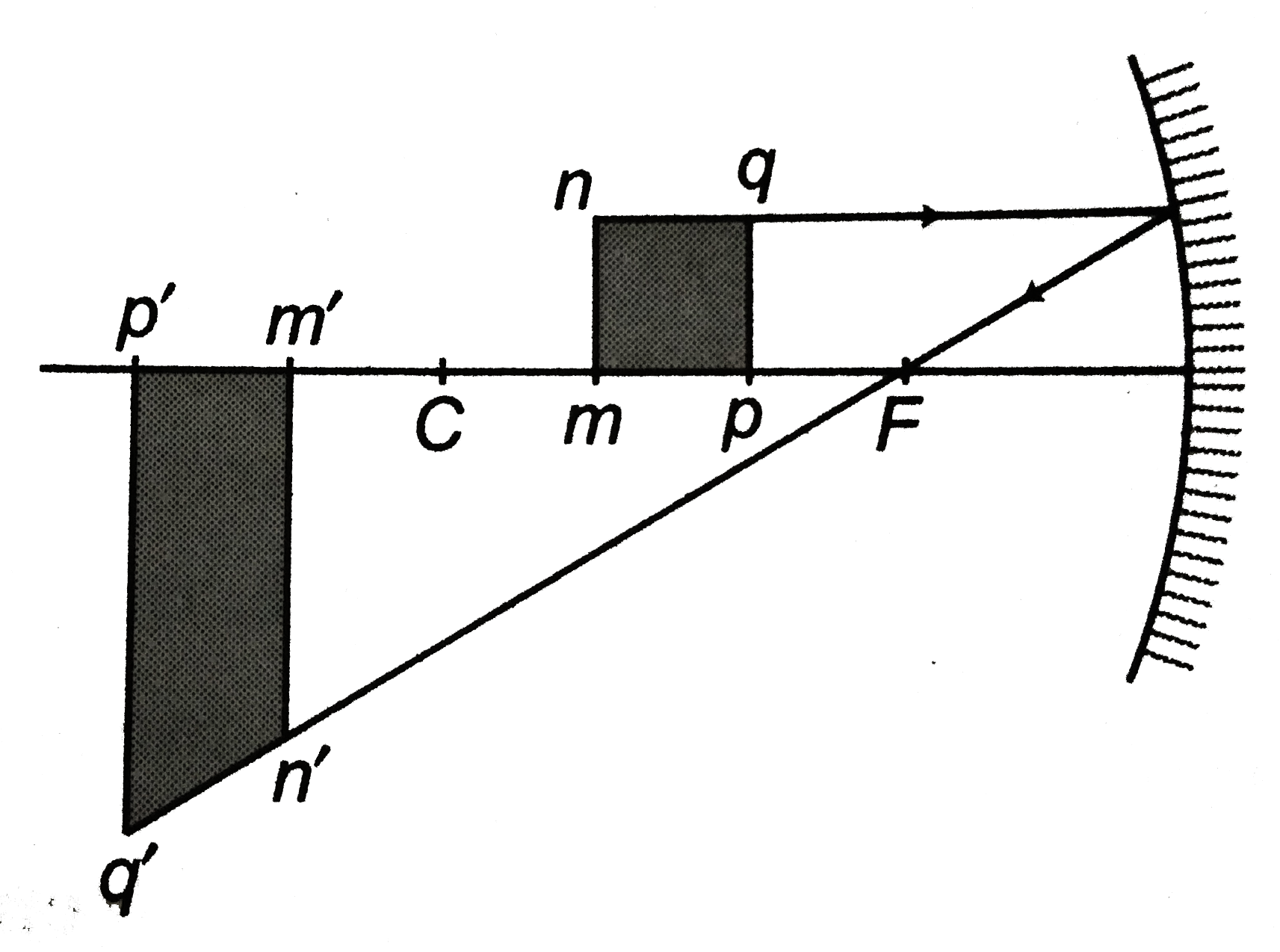 View Solution
View SolutionFocal length of a concave mirror is
View SolutionA U-shaped wire is placed before a concave mirror having radius of curvature 20cm as shown in figure,. Find the total length of the image.
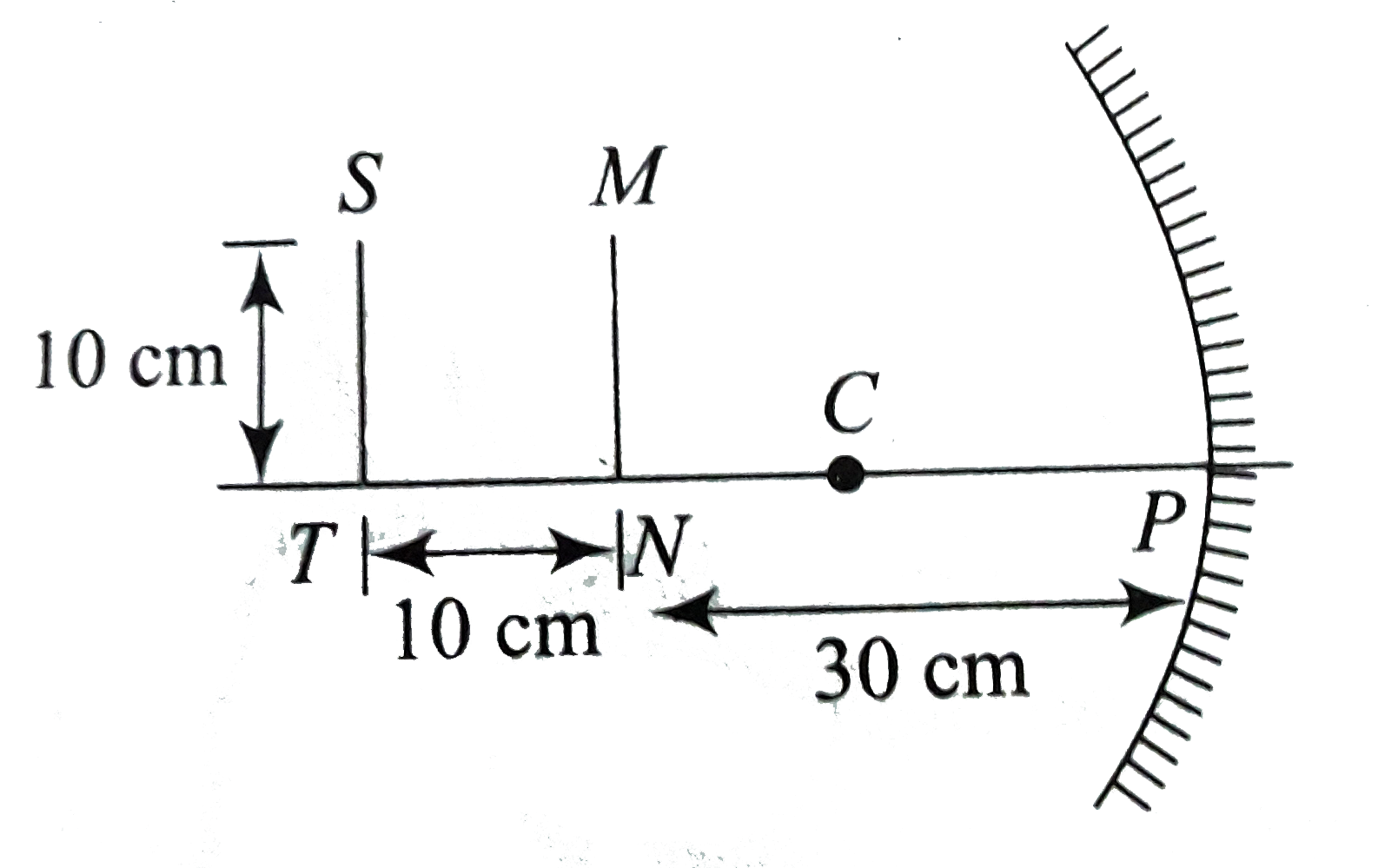 View Solution
View SolutionThe radius of curvature of a convex mirror is 40 cm. Find its focal length.
View SolutionThe image formed by a concave mirror is twice the size of the object. The focal length of the mirror is 20 cm. The distance of the object from the mirror is/are
View SolutionFor an object placed at a distance 20 cm from a concave mirror, the image is formed at the same position. What is the focal length of the mirror?
View SolutionThe |u|,|v| graph for a concave mirror is a shown in figure. Here |u|>|f|. A line passing through origin of slope 1 cut the graph at point P. Then co-ordinate of point P are
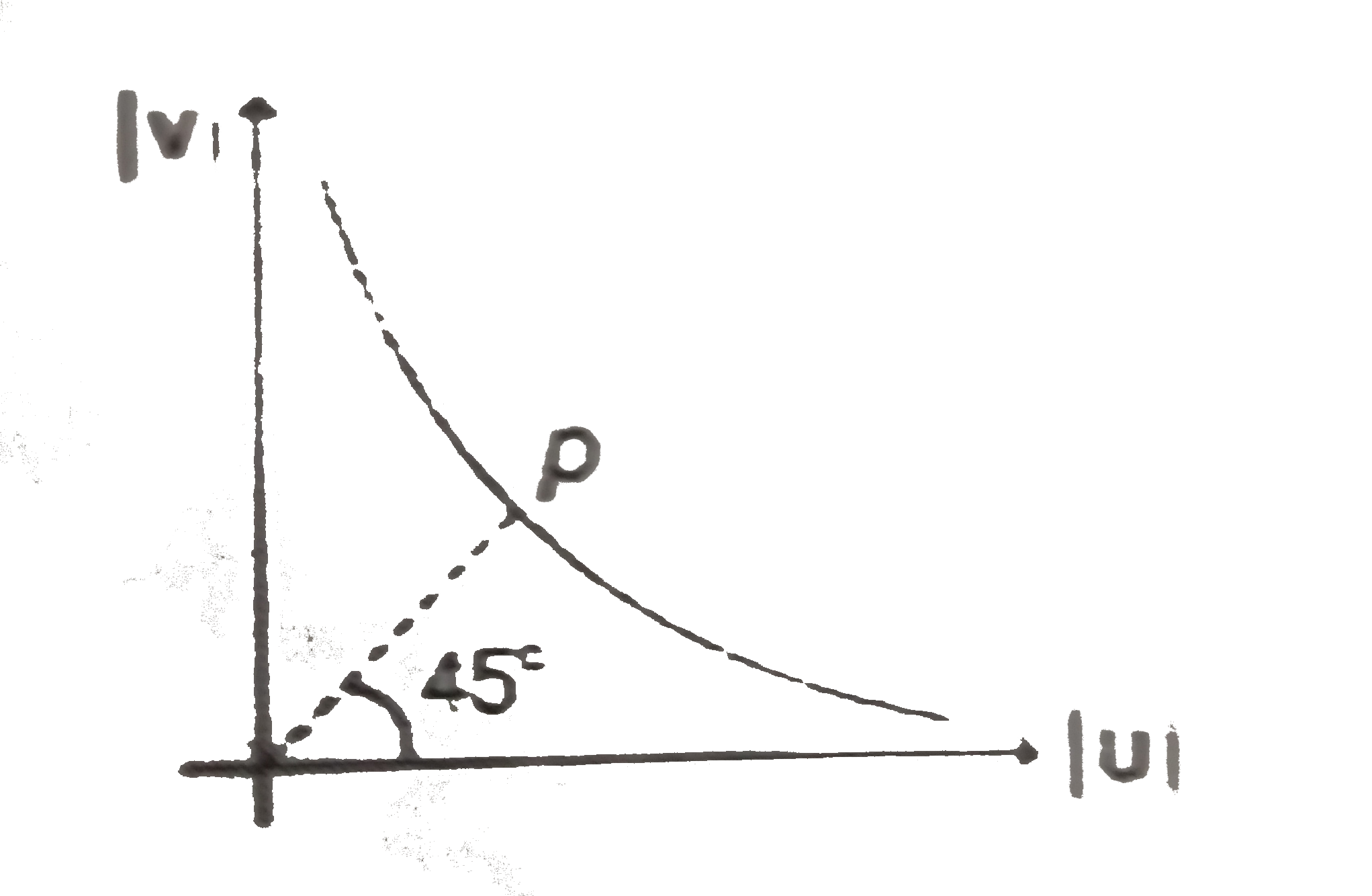 View Solution
View SolutionAn object is placed between a plane mirror and a concave mirror of focal length 15 cm as shown in Figure . Find the position of the images after two reflections.
 View Solution
View Solution

